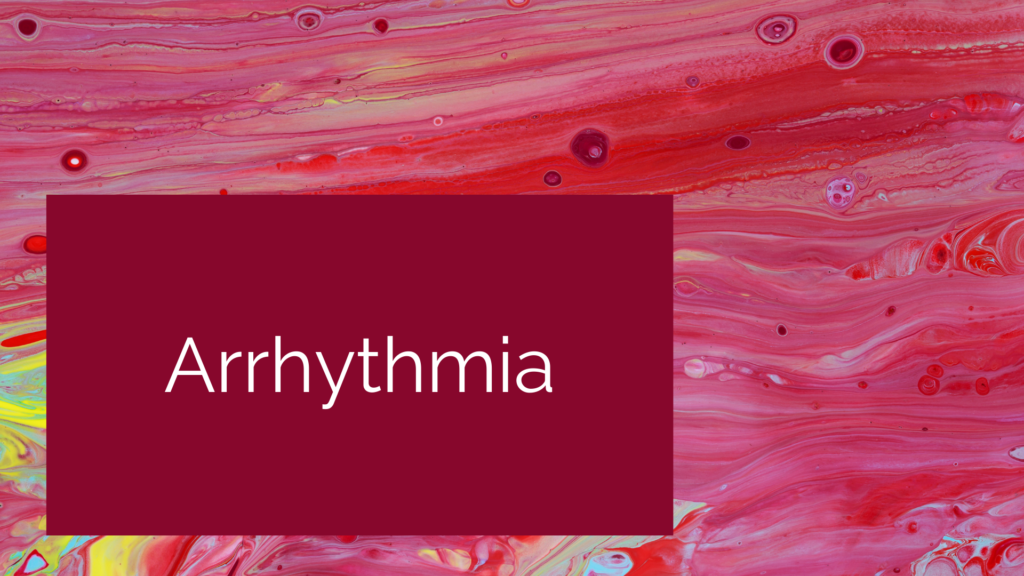
Arrhythmia in Australia
Arrhythmia is a fault in the heart’s electrical signals, which affects the heart’s pumping rhythm. The abnormal electrical activity alters the heart rate, which can lead to: a fast heartbeat (tachycardia), a slow heartbeat (bradycardia) or an irregular heartbeat.
Atrial fibrillation (AF) is the most common type of treated heart arrhythmia. In 2018-19, atrial fibrillation a major cause of arrhythmias was responsible for 73,397 hospitalisations.
Currently, there are no national data sources that report on the total number of Australians who have AF. Surveys and studies on sections of the Australian population suggest that AF affects approximately 2% of the general population—equivalent to more than 500,000 people in 2020. The proportion affected increases with age. An estimated 5% of the Australian population aged 55 and over have AF.
Workshops
Planning meetings have commenced with key leaders in the sector to plan for the first workshop.
Project Contact
Professor Jamie Vandenberg | j.vandenberg@victorchang.edu.au
Dr Catherine Shang | catherine.shang@27.54.85.145/~ozhearto/clone/
